
下载亿题库APP
联系电话:400-660-1360

下载亿题库APP
联系电话:400-660-1360

请谨慎保管和记忆你的密码,以免泄露和丢失

请谨慎保管和记忆你的密码,以免泄露和丢失

各位要参加2020年导游资格考试的考生们注意啦,今天帮考网要给各位考生分享2020年导游资格《导游外语》考试的每日一练,感兴趣的考生一定不要错过了哦!
Tian’anmen( the Gate of Heavenly Peace), is located in the center of Beijing. It was first built in 1417 and named Chengtianmen( the Gate of Heavenly Succession). At the end of the Ming Dynasty, it was seriously damaged by war. When it was rebuilt under the Qing in 1651, it was renamed Tian’anmen, and served as the main entrance to the Imperial City, the administrative and residential quarters for court officials and retainers. The southern sections of the Imperial City wall still stand on both sides of the Gate. The tower at the top of the gate is nine-room wide and five –room deep. According to the Book of Changes, the two numbers nine and five, when combined, symbolize the supreme status of a sovereign.
During the Ming and Qing dynasties, Tian’anmen was the place where state ceremonies took place. The most important one of them was the issuing of imperial edicts, which followed these steps:
1) The Minister of Rites would receive the edict in Taihedian( Hall of Supreme Harmony), where the Emperor was holding his court. The minister would then carry the decree on a yunpan( tray of cloud), and withdraw from the hall via Taihemen( Gate of supreme Harmony)
2) The Minister would put the tray in a miniature longting( dragon pavilion). Beneath a yellow umbrella and carry it via Wumen( Meridian Gate), to Tian’anmen Gate tower.3) A courtier would be invested to proclaim the edict. The civil and military officials lining both sides of the gateway beneath the tower would prostrate themselves in the direction of the emperor in waiting for the decree to the proclaimed.
4) The courtier would then put the edict in a phoenix-shaped wooden box and lower it from the tower by means of a silk cord. The document would finally be carried in a similar tray of cloud under a yellow umbrella to the Ministry of Rites.
5) The edict, copied on yellow paper, would be made known to the whole country.
Such a process was historically recorded as “ Imperial Edict Issued by Golden Phoenix”.
During the Ming and Qing dynasties Tian’anmen was the most important passage. It was this gate that the Emperor and his retinue would go through on their way to the altars for ritual and religious activities.
On the Westside of Tian’anmen stands ZhongshanPark( Dr. Sun Yat-sen’s Park), and on the east side, the Working People’s Cultural Palave. The Park was formerly called Shejitan( Altar of Land and Grain), built in 1420 for offering sacrificial items to the God of Land. It was opened to the public as a park in 1914 and its name was changed in 1928 to the present one in memory of the great pioneer of the Chinese Democratic Revolution.
The Working People’s Cultural Palace used to be Taimiao( the Supreme Ancestral Temple), where tablets of the deceased dynastic rulers were kept.
The stream in front of Tian’anmen is called Waijinshuihe( Outer Golden River),with seven marble bridges spanning over it . Of these seven bridges,historical records say the middle one was for the exclusive use of the emperor and was accordingly called Yuluqiao( Imperial Bridge). The bridges flanking it on either side were meant for the members of the royal family and were therefore called Wanggongqiao( Royal’s Bridges). Farther away on each side of the two were bridges for officials ranking above the third order and were named Pinjiqiao( ministerial Bridges). The remaining two bridges were for the use by the retinue below the third order and wre called Gongshengqiao( common Bridges). They anr the one in front of the Supreme Ancestral Temple to the east and the one in front of the Altar of land and Grain to the west.
The two stone lions by the Gate of Tian’anmen, one on each side were meant as sentries. They gaze toward the middle axis, guarding the emperor’s walkway. In front of the gate stands a pair of marble columns called Huabiao. They are elaborately cut in bas-relief following the pattern of a legendary dragon. Behind the gate stands another pair of similar columns. The story of Huabiao may be traced to a couple of sources. One of the versions accredits its invention to one of the Chinese sage kings named Yao, who was said to have set up a wooden pillar in order to allow the ordinary people to expose evil-doers, hence it was originally called a slander pillar. Later it ws reduced to a signpost, and now it serves as an ornament.
好了,以上就是2020年导游资格《导游外语》考试每日一练(十)的全部内容了,如果各位考生还想要了解更多的试题,建议关注帮考网哦!
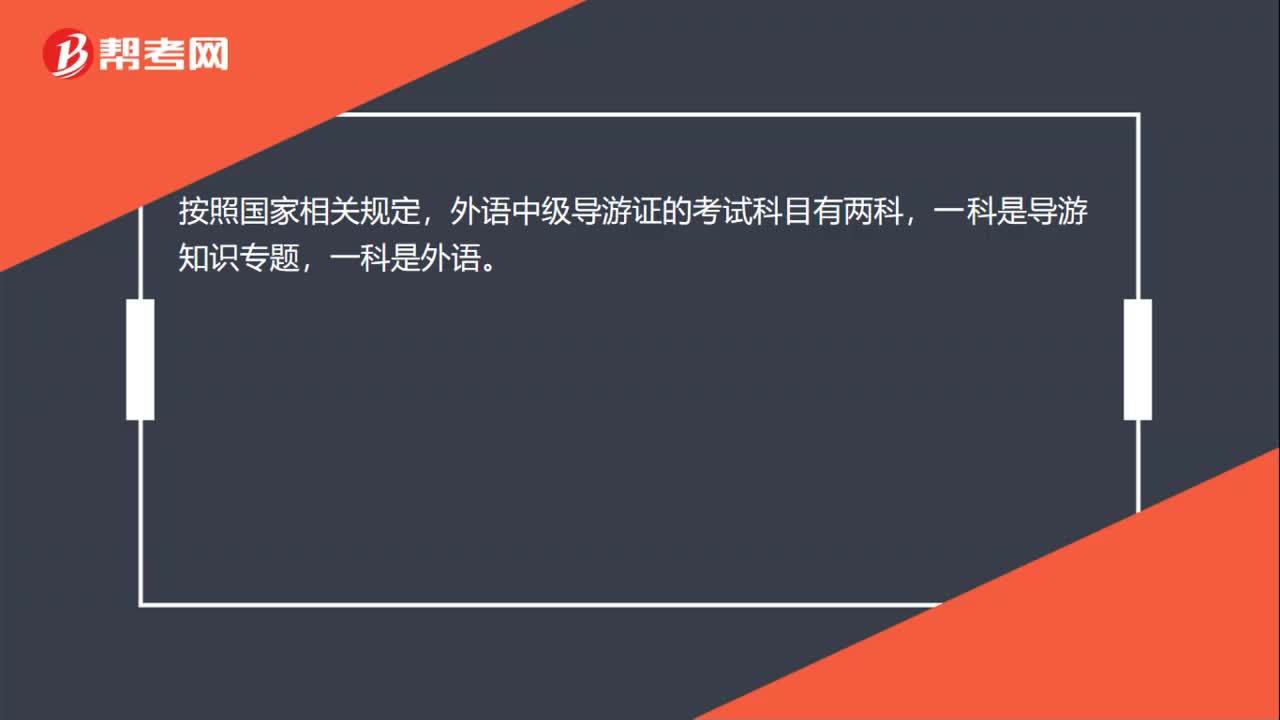 14
14外语中级导游证有哪些考试科目?:外语中级导游证有哪些考试科目?按照国家相关规定,外语中级导游证的考试科目有两科,一科是导游知识专题,一科是外语。
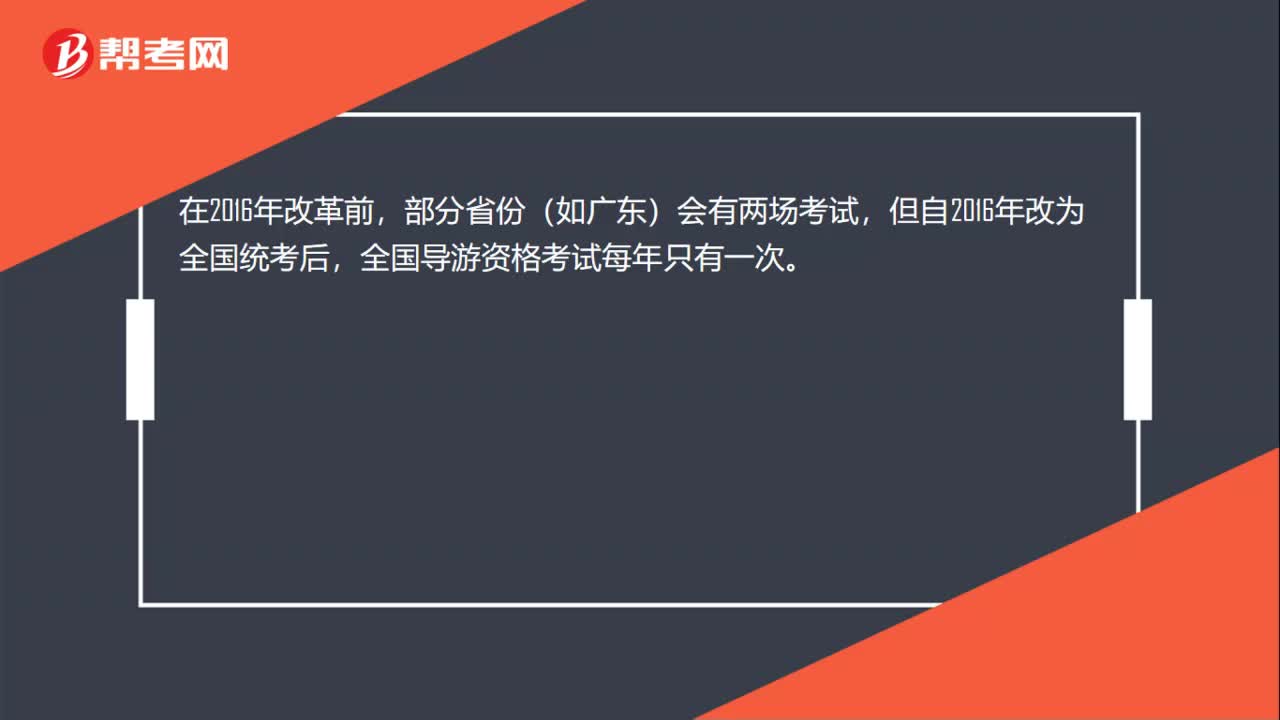 18
18每年有几次导游证考试?:每年有几次导游证考试?在2016年改革前,部分省份(如广东)会有两场考试,但自2016年改为全国统考后,全国导游资格考试每年只有一次。
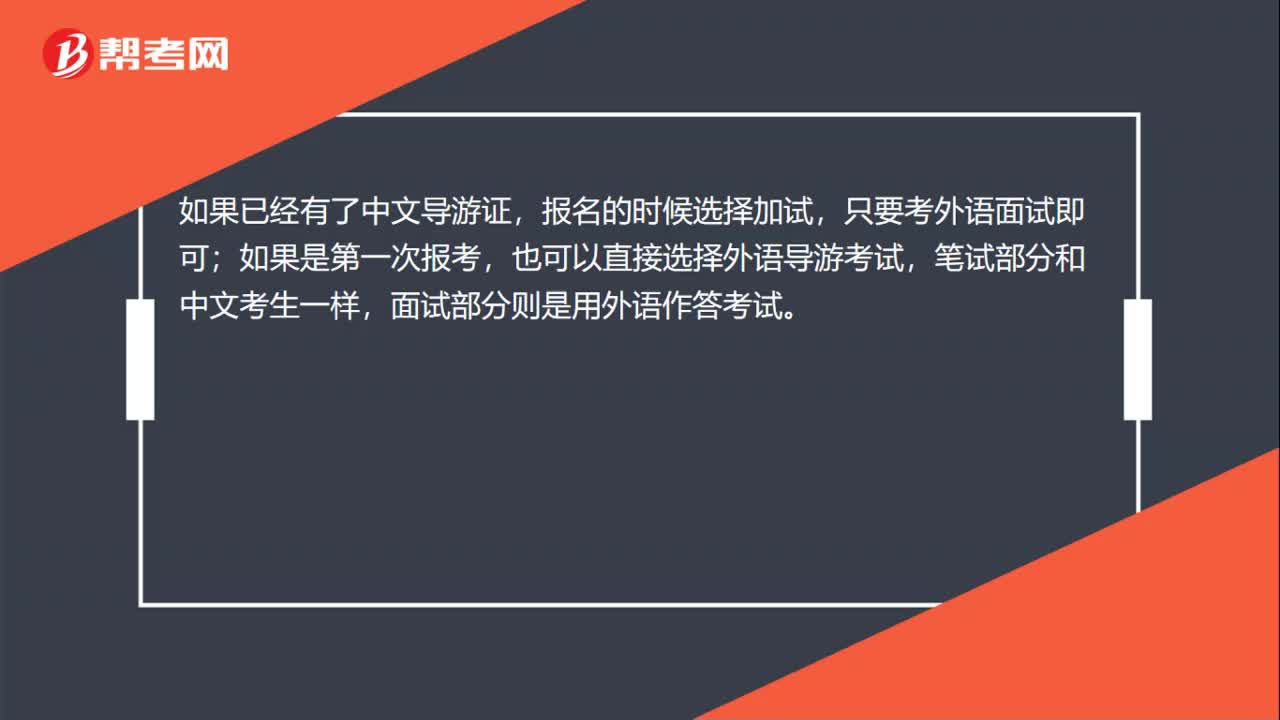 23
23可以直接报名外语导游证吗?:可以直接报名外语导游证吗?如果已经有了中文导游证,报名的时候选择加试,只要考外语面试即可;如果是第一次报考,也可以直接选择外语导游考试,笔试部分和中文考生一样,面试部分则是用外语作答考试。
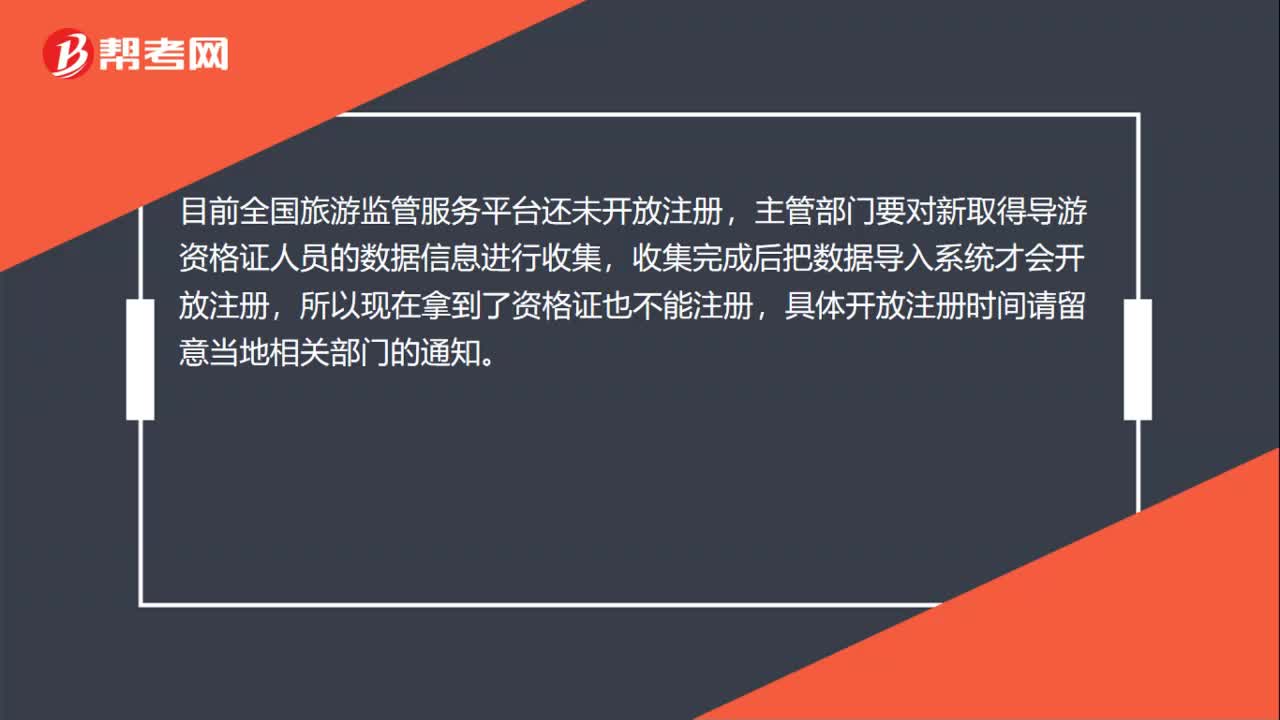 00:31
00:312020-06-06
 00:31
00:312020-06-06
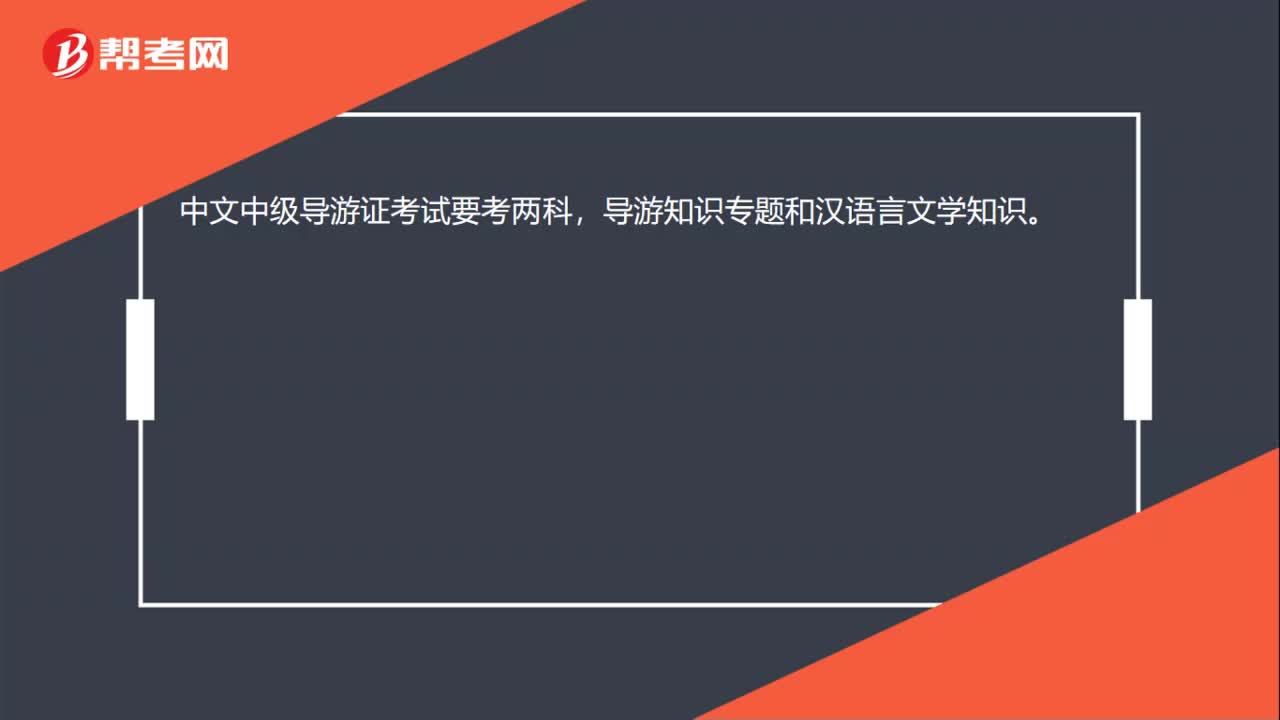 00:13
00:132020-06-06
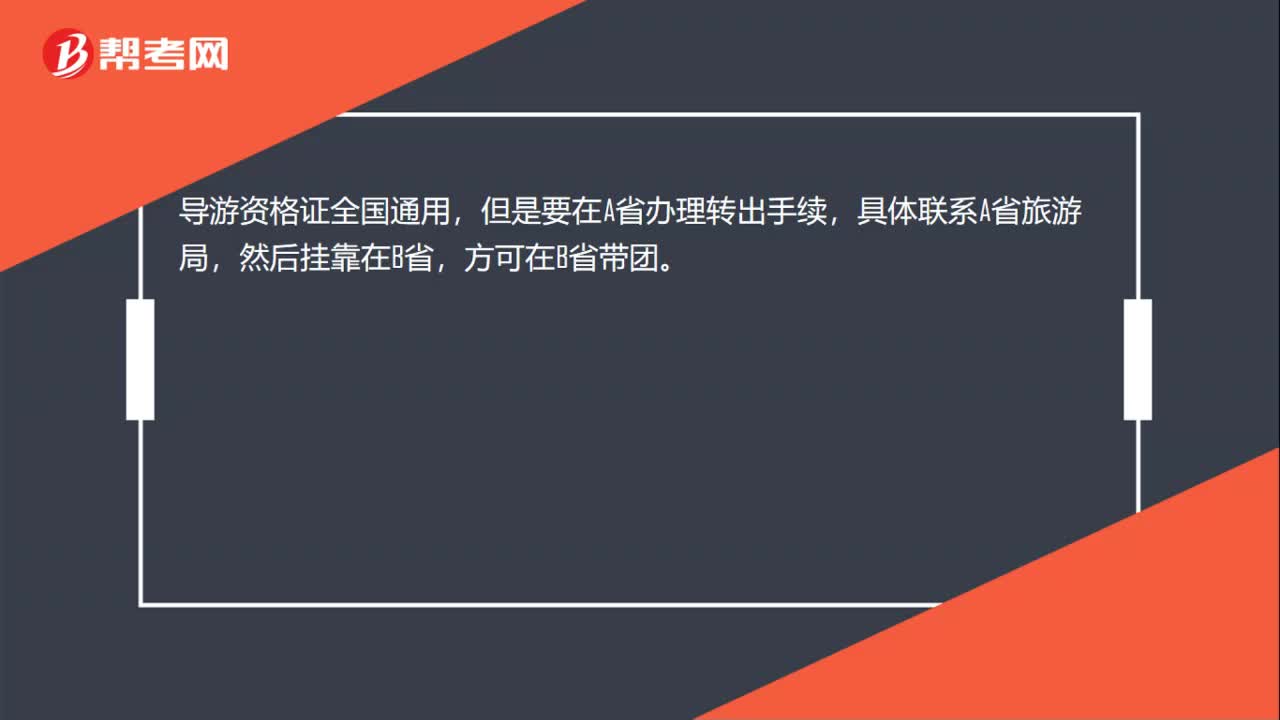 00:16
00:162020-06-06
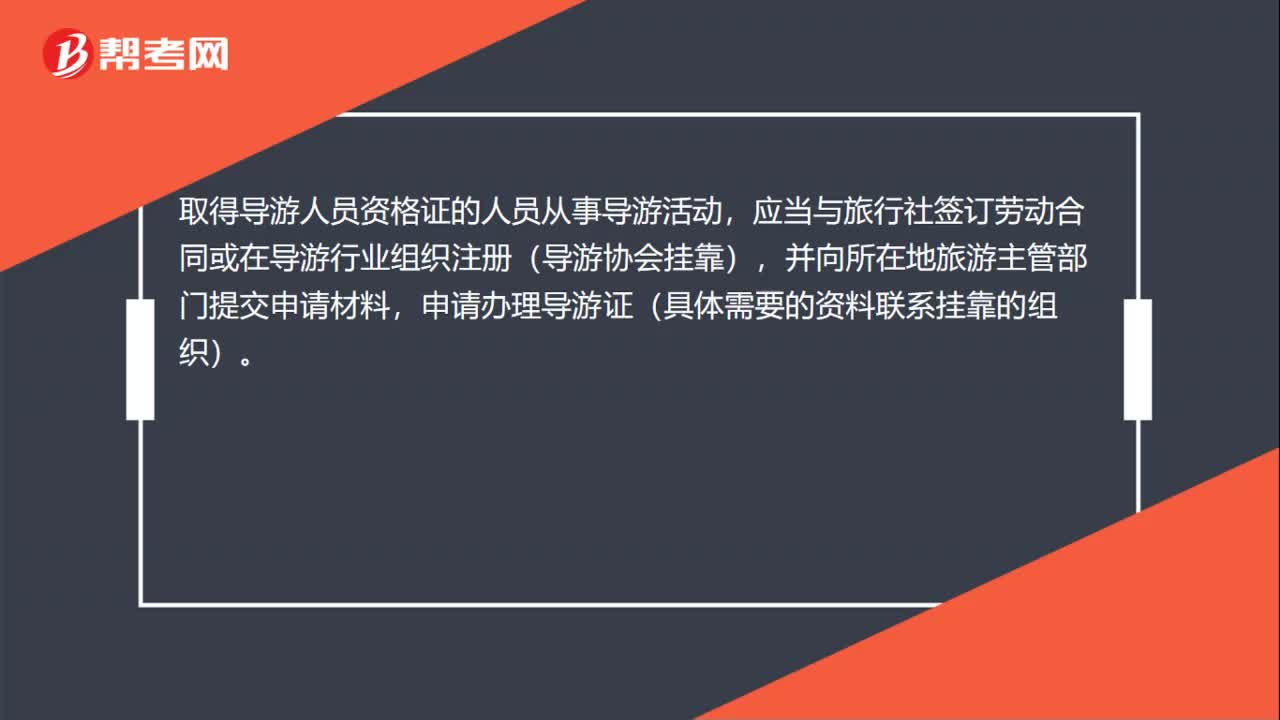 00:26
00:262020-06-06

微信扫码关注公众号
获取更多考试热门资料